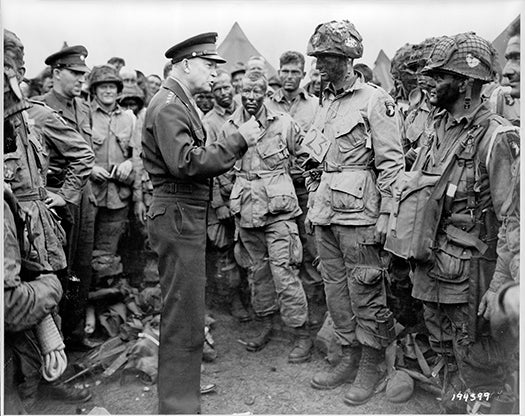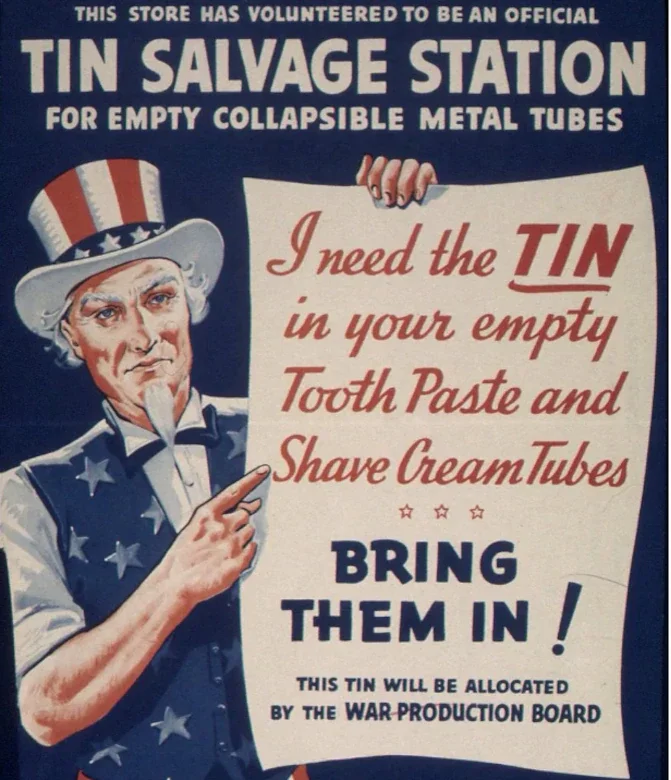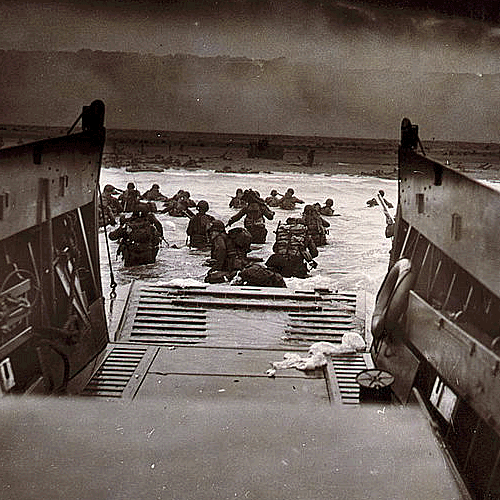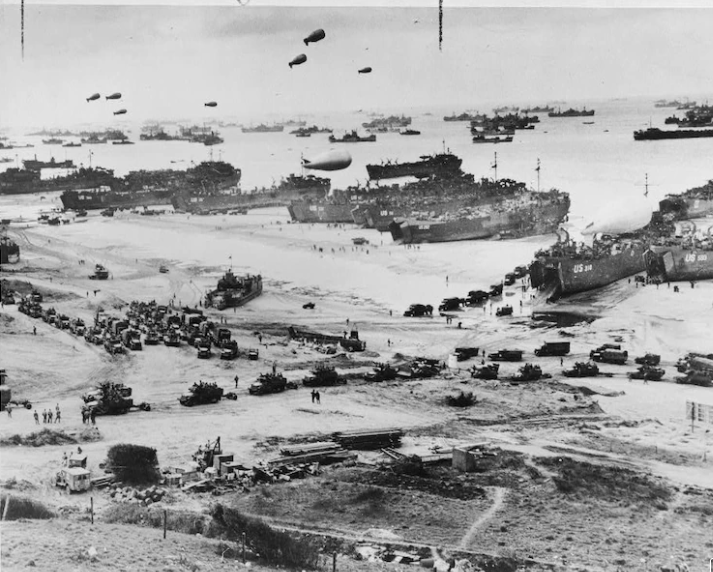June 6, 1944 was the Greatest Generation’s apex triumph, D-Day, the singular moment that spelled the eventual doom for Adolf Hitler’s Nazi regime.
On that day, 160,000 Allied soldiers stormed the beaches of Normandy, and over 9,000 did not make it ashore alive, according to the Department of Defense. D-Day set the stage for the eventual unconditional surrender of German forces in Europe and, for a time, wiped Fascism off the face of planet Earth.
However, D-Day almost did not happen.
There were so many working parts to the invasion, so many factors that had to be considered. Even something as minor as a change in the forecasted weather could have resulted in disaster and turned the war back into Hitler’s favor.

Even the Supreme Allied commander Gen. Dwight Eisenhower, was doubtful the plan he had helped devise would work.
To fully understand the significance of D-Day, we have to go back four years earlier to May of 1940, when the Allies suffered a humiliating defeat in France and were forced into the sea at Dunkirk. According to English Heritage, the British Royal Navy lacked the resources to properly evacuate the trapped British Expeditionary Forces, and civilian yachts, including one skippered by a hero of the Titanic sinking, Cap. Charles Lightoller, had to join in to save the stranded men.
The BEF had to leave all of their equipment and tanks behind.
Two months later, the German air force, the Luftwaffe, began appearing over the skies of Great Britain, attempting to pound the British into submission. It seemed, at the time, that Hitler was unstoppable.
There were plenty within the ranks of the British military, with blood in their eyes, demanding revenge, but it was not possible. As time wore on, the skies over London rained death on the civilians and U-boats in the Atlantic were sinking merchant vessels left and right, threatening to starve the British population.
Then, on December 7, 1941, America officially became involved in World War II.
The one advantage the United States had over the rest of the world was the miles of mechanized assembly lines on American soil. Before Hitler could shake another stick, American industry shifted to war production.
According to the Department of Defense, Ford, Chrysler and General Motors along with the smaller auto makers began turning out heavy trucks, tanks and planes, and even the Lionel Toy Train Company began making needed equipment such as compasses.
Hollywood became involved, and stars such as Cary Grant, James Cagney, Humphrey Bogart, Barbara Stanwyck and Laurel and Hardy toured the nation selling war bonds. Average citizens grew “Victory Gardens” and dutifully turned in used aluminum and tin toothpaste tubes and any other scrap that could aid the war effort.

Documentarian Ken Burns estimates that two-thirds of all Allied war materiel was produced by America.
However, even with the Soviet Union repelling the Nazis on the Eastern Front, D-Day was still, to some, a pipe dream. The technology to transport that many men from ship to shore did not exist, or did it?

Enter one Andrew Jackson Higgins of New Orleans.
“(Higgins) is the man who won the war for us,” Dwight D. Eisenhower said when interviewed by historian Stephen Ambrose in 1964.
A boatbuilder of Irish-American stock, Higgins had developed what he called the “Eureka Boat,” a low-draft craft to be used in the bayous of Louisiana for oil and gas exploration.
According to the National World War II Museum, the navy approached Higgins about helping solve the problem of how to land men and equipment on beaches. In turn, Higgins designed a sea-going vessel he called the Land Craft Vehicle and Personnel, or LCVP.
The boats had such a low draft that they could go right up on shore and had an armored, watertight ramp that could be lowered so that men and equipment could be placed directly onto the beaches. In order to fool the Germans into thinking the Allies would invade a port city rather than beachheads, the development of the boat was almost as top secret as the Manhattan Project.
In fact, the Allies went to great lengths to hide their plans. The Imperial War Museum documents how fake radio transmissions and entire dummy military bases complete with inflatable tanks and painted runways were used to convince the Germans that the invasion would occur at the port of Calais.
Hitler bought the ruse lock, stock and barrel.
Meanwhile, Eisenhower took a deep breath and issued the order to proceed. By the grace of God, the unlikely invasion worked, and Hitler was dead in less than a year.
D-Day is certainly a day when 9,000 young men willingly laid their life on the Altar of Liberty; but it was also the culmination of the work and sacrifice of ordinary American men, women and children who, each in their own way, stood up to together and defeated tyranny.
That is why D-Day still matters.
Scott Hudson is the Senior Investigative Reporter and Editorial Page Editor for The Augusta Press. Reach him at scott@theaugustapress.com











